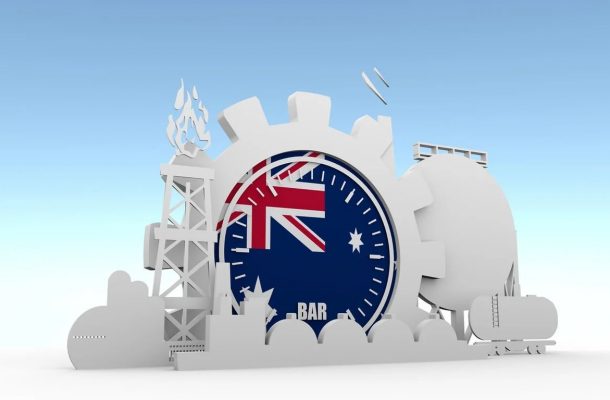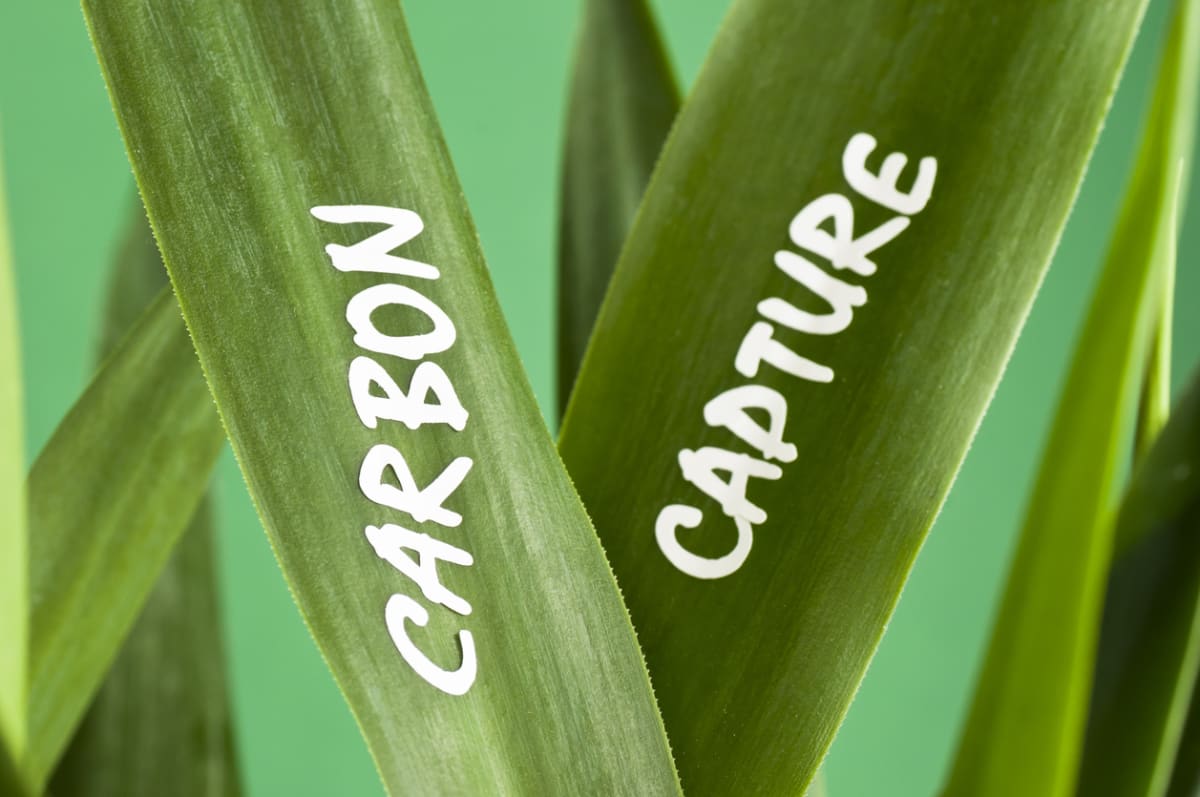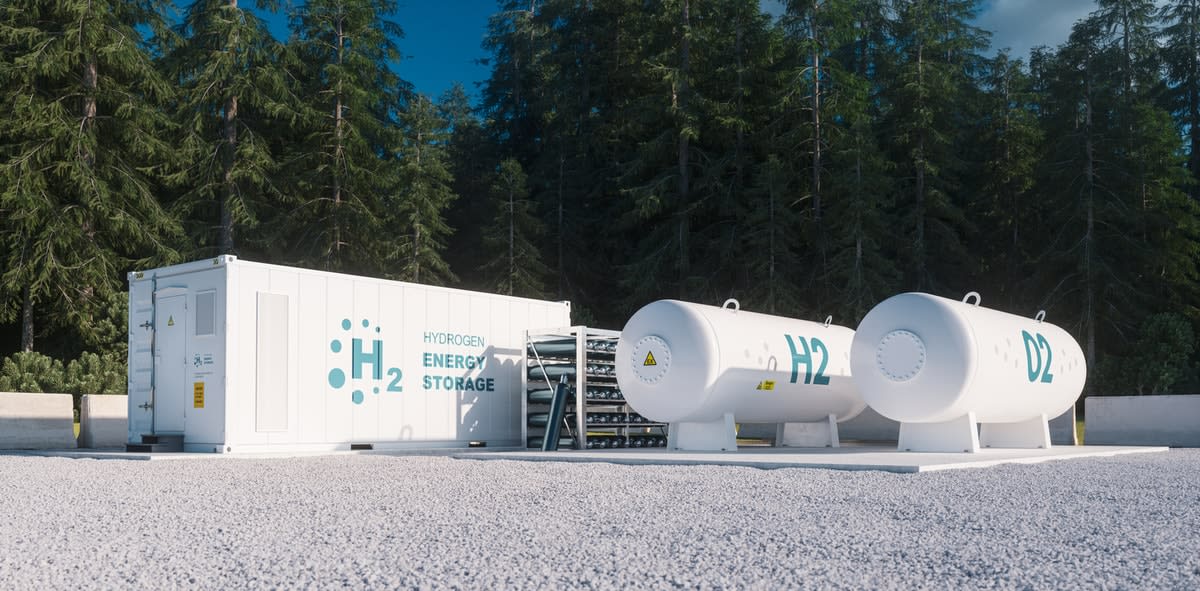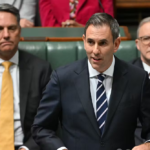A roadmap for renewables

In recent days, the Morrison government has sent mixed messages about Australia’s energy future.
On the one hand, it’s flagged the possibility of expanding the role of gas – because it’s abundant in Australia, emits fewer carbon emissions than coal, and can support manufacturing.
But in Minister for Energy and Emissions Reduction Angus Taylor’s recently released Technology Investment Roadmap, gas is identified as a “mature” technology, and not a priority for future investment (coal, wind and solar are also described as mature).
At the same time, the government says it reserves the right to correct possible market failures. This is defined as a “shortage of dispatchable generation, or where these investments secure jobs in key industries”. This escape clause indicates gas could still be a live option.
The roadmap will allocate $18 billion in Commonwealth investments over 10 years. It identifies five technologies as key to supporting the economy and lowering emissions. They are hydrogen, carbon capture and storage (CCS), soil carbon, storage options, and “low carbon” steel and aluminium production.
Although the government has been reluctant to sign up to a target of net zero emissions by 2050, it claims that by following the roadmap, Australia will avoid 250 million tonnes of annual emissions (almost half of today’s emissions) by 2040.
In a speech at the National Press Club, Taylor said: “Australia can’t, and shouldn’t, damage its economy to reduce emissions.”

A role for renewables
According to the roadmap, CCS could be incorporated into future hydrogen and gas production, heavy industry and power generation.
If the government does intervene to expand Australia’s gas production, renewable energy can still play an important role, says Monash School of Chemistry’s Professor Doug MacFarlane.
This, he says, can happen in two ways. The first is by mixing green hydrogen into the gas supply.
“You can mix in up to about 10% of hydrogen into the natural gas pipeline. You get full energy value from the hydrogen, and you, the consumer wouldn’t know the difference. Your hot water still works the same, but it’s 10% less polluting.”
The power company AGL is already investigating how to scale up the production of green hydrogen in Australia so it can be added to natural gas lines. Green hydrogen is being used in this way in the northern hemisphere.
“There is a limit to how much hydrogen you can mix with natural gas, and that’s where step number two, which is sustainable ammonia, especially for power generation, comes in,” Professor MacFarlane says.
The Japanese have already developed a gas turbine that is able to run on ammonia, he says. Japan and Korea are both interested in using sustainable ammonia to supply their future power needs.
“Japan is very keen to import ammonia from Australia,” he says. “They’ve seen this vision for a while, and they’ve shown that they can use it in existing gas-fired power stations, where they simply mix the ammonia in with the natural gas. It’s brilliant.”
Professor MacFarlane proposes that if new gas-fired power stations were to be built in Australia, they should employ technology that allows them to switch to a partial feed of sustainable ammonia down the track.
“These assets have lifetimes of nearly 40 years,” he says. “The ammonia technology is going to take at least five years or more to get anywhere close to the sorts of quantities required – probably more like 10.”
So why not design the new turbines so they “become part of the solution to bringing in renewable energy”, he asks. “We don’t have to switch them off. We just have to switch them over.
“It would mean that the infrastructure spending that we put in place to solve today’s problems isn’t a waste of money in the renewable future. It does feel like a win-win.”

A roadmap for ammonia energy
Professor MacFarlane was the lead author of a paper, A Roadmap to the Ammonia Economy, that was published earlier this year in the journal Joule. It describes how ammonia can be produced sustainably, transported safely, and used to replace fossil fuels “in almost any application” by 2050.
Critics of gas point out that Australia’s expanding natural gas industry means our methane emissions are rising. Methane is a more potent greenhouse gas than carbon dioxide.
Ammonia production also carries an environmental risk. Over the past 100 years, the planet’s exposure to nitrogen compounds has greatly increased, largely due to the widespread use of ammonia (which combines nitrogen with hydrogen) in synthetic fertilisers.
While the carbon cycle is well understood, the nitrogen cycle is not.
More research into long-term effects of the nitrogen cycle in our atmosphere, rivers and seas is essential, Professor MacFarlane says.
In his roadmap, he expressed his concerns this way: “It is obviously important that humankind doesn’t avoid one crisis revolving around CO₂ emissions by creating another crisis involving ammonia.”
This article was published by Lens.
Open Forum is a policy discussion website produced by Global Access Partners – Australia’s Institute for Active Policy. We welcome contributions and invite you to submit a blog to the editor and follow us on Twitter, Facebook, Linkedin and Mastadon.












